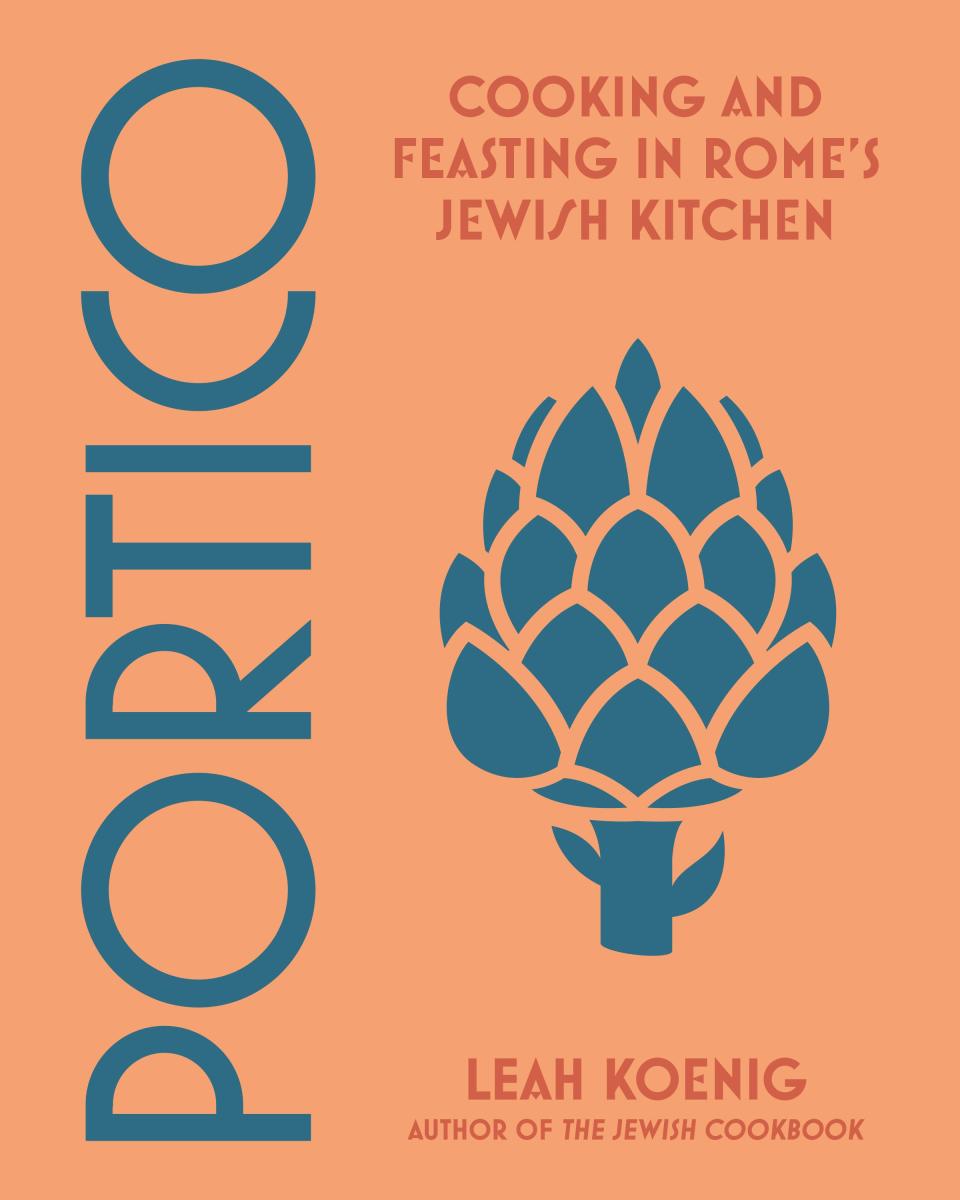They're a project but here's how to prepare Jewish-style fried artichokes
An emotional and culinary highlight of our visit to Rome was the time we spent in the Jewish Ghetto.

The Roman Ghetto was a Jewish Ghetto established in 1555 close to the River Tiber. Except for brief periods under Napoleon and under the Roman Republic, the ghetto was controlled by the Papacy of Rome. The Jews who lived in Rome for many generations were required to live in the ghetto. The gates of the walled-in quarter were locked at night. The area was one of the most undesirable areas of Rome and subject to constant flooding. Life in the ghetto was one of extreme poverty.
Today the ghetto is one of the most vibrant communities in Rome, commanding some of the highest market values. When you visit be sure to take some time to see the Great Synagogue of Rome. It is the largest synagogue in all of Rome and possibly all of Italy. The Jewish Museum is located in the synagogue.
Leah Koenig, author of multiple cookbooks including “The Jewish Cookbook” and “Modern Jewish Cooking,” has produced a new beautiful book titled “Portico, Cooking and Feasting in Rome’s Jewish Kitchen.” It is truly a delight with 100 great recipes accompanied by colorful photos that bring her recipes to life.

Leah’s recipes showcase the Roman Jewish kitchen use of vegetables, braised meats, pastas, olive oil-fried foods, and of course, desserts. Some classics include stracotto di manzo (a wine-braised beef stew), pizza ebraica (fruit- and nut-studded bar cookies), and of course, carciofi alla giudia − Jewish-style fried artichokes. You may ask why artichokes? Leah writes that “Roman Jews were very poor and one of the few jobs they were permitted to hold were as “friggitori,” street vendors selling fried foods. Many Roman Jews would sell little bits and bobs of things. They fried artichokes, fish, or mozzarella.
Here is a recipe for Jewish fried artichokes including notes excerpted from Koenig's ‘Portico: Cooking and Feasting in Rome's Jewish Kitchen’.
More: No matter how you pronounce it, Billy Bi or Billy Bee, this soup is velvety rich goodness
Jewish-style fried artichokes or carciofi alla giudia
Serves 4-6
Before you attempt to make carciofi alla giudia at home, a disclaimer: they are a project. The artichokes are fried twice in hot oil — once to cook them through and a second time to crisp up the leaves. The process involves a lot of trimming of the artichokes and a great deal of oil to dispose of afterward.
Ingredients
Light olive oil or vegetable oil (such as sunflower or grapeseed) for deep-frying
6 medium artichokes cleaned
Kosher salt
Lemon wedges for serving
Instructions
Note: carciofi alla giudia are traditionally fried in olive oil, but in practice, I have found the oil’s smoke point too low for sustained frying. I prefer to use light olive oil, which has been processed enough to handle the heat but still imparts a touch of olive flavor. A neutral oil, like sunflower or grapeseed, works well too. Line a large plate with paper towels. Pour about 2½ inches (6.5 cm) of oil into a medium-deep saucepan and heat over medium until it reaches 280°F (138°C) on a deep-fry thermometer. Working in two batches if necessary, add the artichokes to the hot oil and cook, turning occasionally, until the hearts are tender when pierced with a fork, 10 to 15 minutes. Carefully transfer the artichokes to the prepared plate to drain and cool. Set the saucepan of oil aside.
Once they are cooled, gently pull open each artichoke to expose the center (it should resemble a flower). If the artichokes have hairy chokes in the center, use a melon baller or sturdy spoon to carefully remove and discard them.
Put the saucepan back over the heat and bring the oil up to 350°F (180°C). Add the fried artichokes, cut side down, and fry until browned and very crispy, 2 to 4 minutes. Return to the paper towels to drain and sprinkle generously with salt.
Serve immediately, with lemon wedges for squeezing.
My thanks to Will Scarlett from Norton Publishers and author Leah Koenig. Besides artichokes, other lasting memories include the kosher gelato shop (regular afternoon stop) and trying to figure out how the very fashionable Roman women were able to transverse the cobblestone streets in their high thin heels.
The book is dedicated to “those keeping the Roman Jewish food alive today while transporting us to the bustling streets of the Eternal City while also making us feel -as we cook and eat-very much at home.”
Jay Kitterman is a culinary and special events consultant and adjunct instructor at Lincoln Land Community College.
Lincoln Land Community College offers credit programs in culinary arts, hospitality management, baking/pastry, and value-added local food, and non-credit cooking and food classes through LLCC Community Education.
Cooking or food questions? Email epicuriosity101@llcc.edu.
This article originally appeared on State Journal-Register: Jewish-style fried artichokes date back to 1555 Rome; here's a recipe

